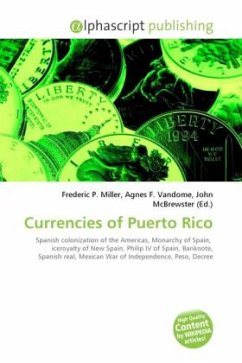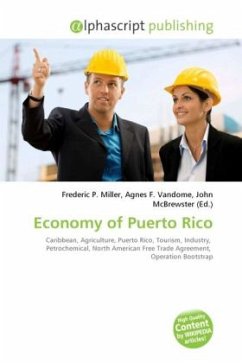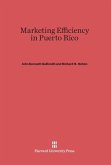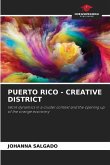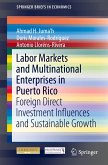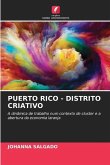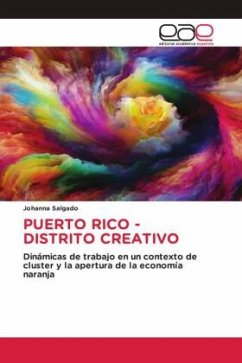The currencies of Puerto Rico closely follow the historic development of Puerto Rico. As a colony of Spain and the United States, Puerto Rico was granted the use of both foreign and provincial currencies. Following the Spanish colonization in 1502, Puerto Rico became an important port, with its own supply of gold. However, as the mineral reserves ran empty within the century, the archipelago's economy suffered. The Spanish Crown issued the Situado Mexicano, which meant that a semi-regular shipment of gold from the Viceroyalty of New Spain would be sent to the island, as a way to provide economic support. Between 1636 and 1637, Philip IV of Spain imposed a tax which had to be paid using a revenue stamp. Inspired by this, Puerto Rico began producing banknotes in 1766, becoming the first colony to print 8-real banknotes in the Spanish Empire and which in the Spanish government's approval of subsequent issues. The situado was discontinued during the 19th century, creating an economiccrisis, as a result of Mexico gaining its independence from Spain. Salvador Meléndez Bruna, the colonial governor in office, ordered the issue of provincial banknotes, creating the Puerto Rican peso.
Bitte wählen Sie Ihr Anliegen aus.
Rechnungen
Retourenschein anfordern
Bestellstatus
Storno

